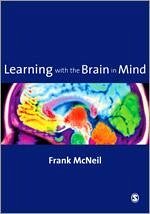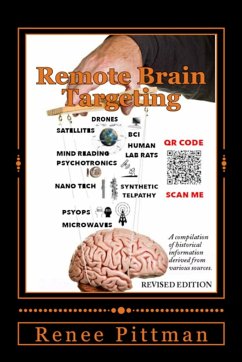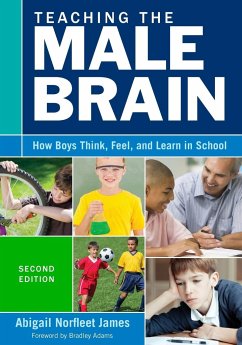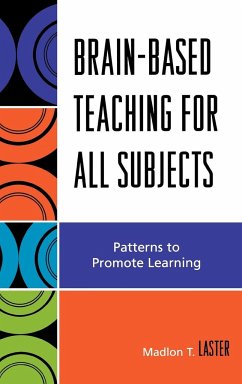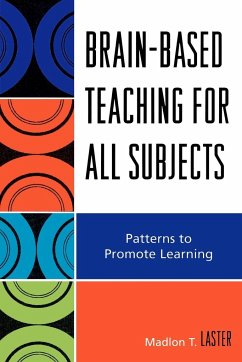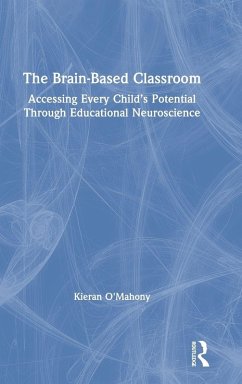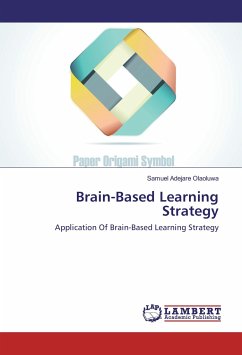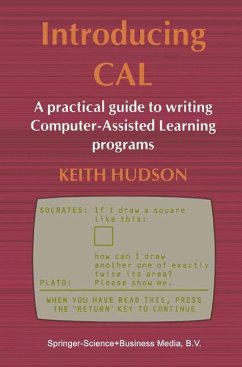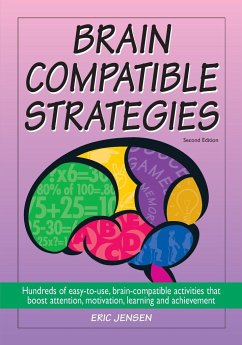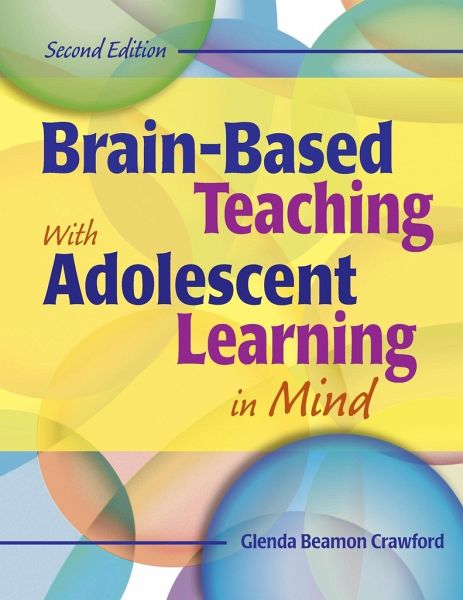
Brain-Based Teaching with Adolescent Learning in Mind
Versandkostenfrei!
Versandfertig in 1-2 Wochen
35,99 €
inkl. MwSt.

PAYBACK Punkte
18 °P sammeln!
Brain Based Teaching With Adolescent Learning in Mind addresses adolescent learning and its implications and applications for curriculum design and research-based instruction. Glenda Crawford connects new research to the larger picture of students' social, emotional, and intellectual needs and points to productive ways to help adolescents learn and succeed.This resource acknowledges the wide range of differences that new century adolescents bring to classrooms. The author offers lesson examples that easily differentiate for very individual brains of students who have varying cultural backgroun...
Brain Based Teaching With Adolescent Learning in Mind addresses adolescent learning and its implications and applications for curriculum design and research-based instruction. Glenda Crawford connects new research to the larger picture of students' social, emotional, and intellectual needs and points to productive ways to help adolescents learn and succeed.This resource acknowledges the wide range of differences that new century adolescents bring to classrooms. The author offers lesson examples that easily differentiate for very individual brains of students who have varying cultural backgrounds, levels of English language proficiency, background experiences and prior knowledge, and individual abilities and interests. Readers will find key concepts related to adolescent learning, including metacognition, motivation, social cognition, and self-regulation. Educators will learn about linking instruction to relevant issues and reality-based problems, and about student-directed inquiry, interpretation, debate and analysis, technological access, cooperative learning and global collaboration. Standards-based content examples and scenarios focus on the elements of relevance, active learning, content depth, collaboration, inquiry, challenge, student ownership, ongoing assessment, and guided reflection. The Adolescent-Centered Teaching (ACT) Models in each chapter illustrate this framework, with emphasis on: Essential content understandings Strategies for inquiry Adolescent motivation and challenge through intriguing and authentic events, problems and questions Teachers serving as active facilitator as students become progressively self-directed Metacognitive development and assessment, during which adolescents are involved in evaluation, reflection, and the transfer of learning to comparable and extended experiences Technology connectionsMultiple examples illustrate these interacting social, affective, and cognitive dimensions of an environment that is conducive to adolescent learning. This handbook also provides strategies for promoting transfer of learning to new contexts and more practical ideas for putting brain-based, adolescent-centered teaching into practice.





